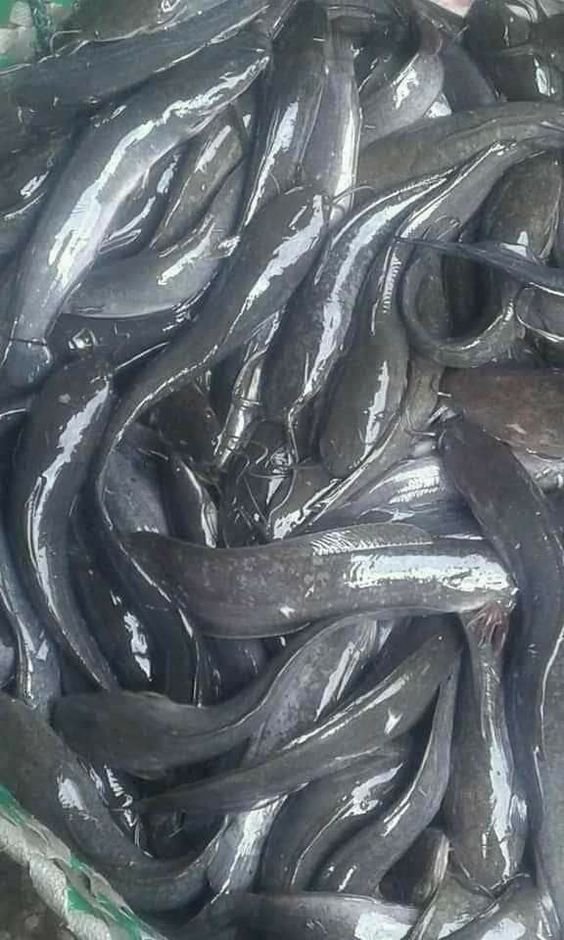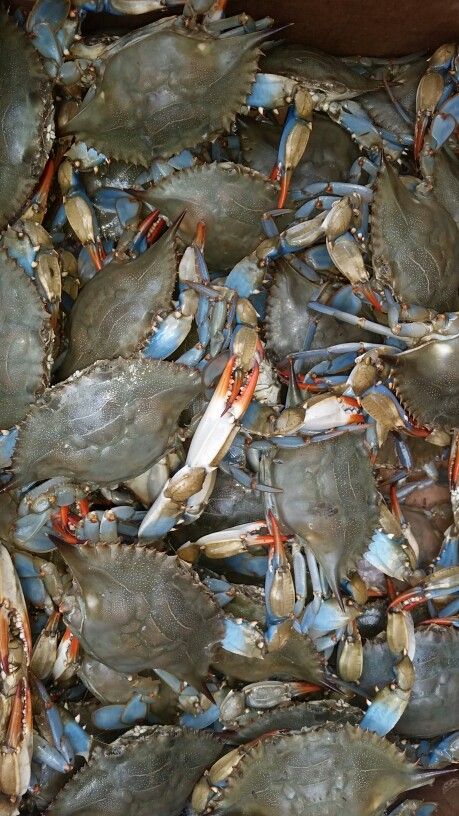All About Catfish Ponds: From Backyard Bliss to Bustling Business
Catfish Ponds are a common sight in many areas, serving both recreational and commercial purposes. These ponds provide a habitat for catfish to thrive, offering opportunities for fishing enthusiasts and aquaculture businesses alike. Whether you’re considering adding a charming catfish pond to your backyard or diving into commercial catfish farming, understanding the intricacies of these ponds is key to success.
Contents
Building Your Backyard Catfish Paradise
Catfish Ponds For those seeking a touch of tranquility and the thrill of catching their own dinner, a backyard catfish pond can be a fantastic addition. Here’s what you need to know to create your own personal catfish haven:
-
Planning and Design:
- Size: Consider your available space and desired stocking density. A small pond (500-1,000 square feet) can comfortably support a few catfish for personal enjoyment.
- Depth: Aim for a minimum depth of 4 feet, with deeper areas (6-8 feet) for catfish to retreat to during hot summers or cold winters.
- Lining: Clay liners are traditional, but synthetic liners offer easier maintenance.
- Location: Choose a well-drained area with at least 6 hours of sunlight daily for optimal plant growth. Avoid placing the pond under overhanging trees as decaying leaves can affect water quality.
-
Creating a Healthy Ecosystem:
- Water Source: A reliable water source is crucial. Natural springs, wells, or filtered municipal water can all be suitable options.
- Water Quality: Maintain good water quality through regular testing and adjustments of pH and oxygen levels.
- Plants: Submerged and emergent plants oxygenate the water, provide hiding spots for catfish, and help control algae growth. Water lilies, hornwort, and cattails are popular choices.
- Fish Selection: Channel catfish are the most common choice for backyard ponds due to their hardiness and tolerance for a wider range of water conditions. Research stocking density to avoid overcrowding, which can stress fish and impact water quality.
-
Feeding and Maintenance Catfish Ponds:
- Diet: Catfish are omnivores. Provide a balanced diet of commercial catfish pellets, supplemented with vegetables or cooked, chopped fish scraps occasionally.
- Feeding Schedule: Feed catfish twice daily, adjusting the amount based on water temperature and fish activity. Overfeeding can foul the water.
- Maintenance: Regularly skim debris from the water surface, remove excess plant growth, and perform partial water changes (25-30%) to maintain water quality.
Diving into Commercial Catfish Production
Catfish Ponds farming is a significant agricultural industry, and catfish ponds are the backbone of this operation. Here’s a glimpse into the world of commercial catfish aquaculture:
-
Catfish Ponds Construction:
- Size: Commercial catfish ponds are considerably larger than backyard ponds, ranging from several acres to tens of acres.
- Location: Factors like soil type, water availability, and proximity to processing facilities are crucial considerations when choosing a location.
- Design: These ponds are often engineered with features like levees for water control, aeration systems to maintain oxygen levels, and monk boxes for water drainage during harvesting.
-
Management Practices:
- Water Management: Maintaining optimal water quality is paramount for catfish health and growth. Regular monitoring of pH, ammonia, and dissolved oxygen is essential.
- Stocking and Seining: Catfish fingerlings (young fish) are typically stocked in spring. Seining, a process of using large nets to capture fish, is done periodically for monitoring growth and health, or during harvesting.
- Feeding: Commercial catfish feed is specifically formulated to provide the nutrients required for rapid growth. Automatic feeders ensure consistent feeding throughout the day.
- Disease Prevention: Maintaining a clean environment and proper water quality are crucial for preventing disease outbreaks. Vaccination programs may also be implemented.
-
Harvesting and Processing Catfish Ponds:
- Harvest Season: Catfish are typically harvested in late summer or fall when they reach market size.
- Harvesting Techniques: Seining is the primary method for harvesting catfish in commercial ponds. The harvested fish are then transported to processing facilities.
- Processing: Catfish processing involves cleaning, sorting, and filleting the fish for further distribution to markets and restaurants.






